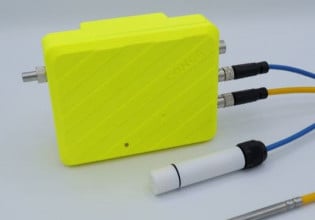C
Dear List
We have an automated electric train system running underground. We communicate to it via a leaky feeeder radio system. I was wondering if anyone has had any experience with alternative methods of communication to trains. For example: is it possible to superimpose the communciation over the power supply.
Thanks & Regards
Patrick Cross
Control Systems Engineer
WMC Olympic Dam
[email protected]
We have an automated electric train system running underground. We communicate to it via a leaky feeeder radio system. I was wondering if anyone has had any experience with alternative methods of communication to trains. For example: is it possible to superimpose the communciation over the power supply.
Thanks & Regards
Patrick Cross
Control Systems Engineer
WMC Olympic Dam
[email protected]






